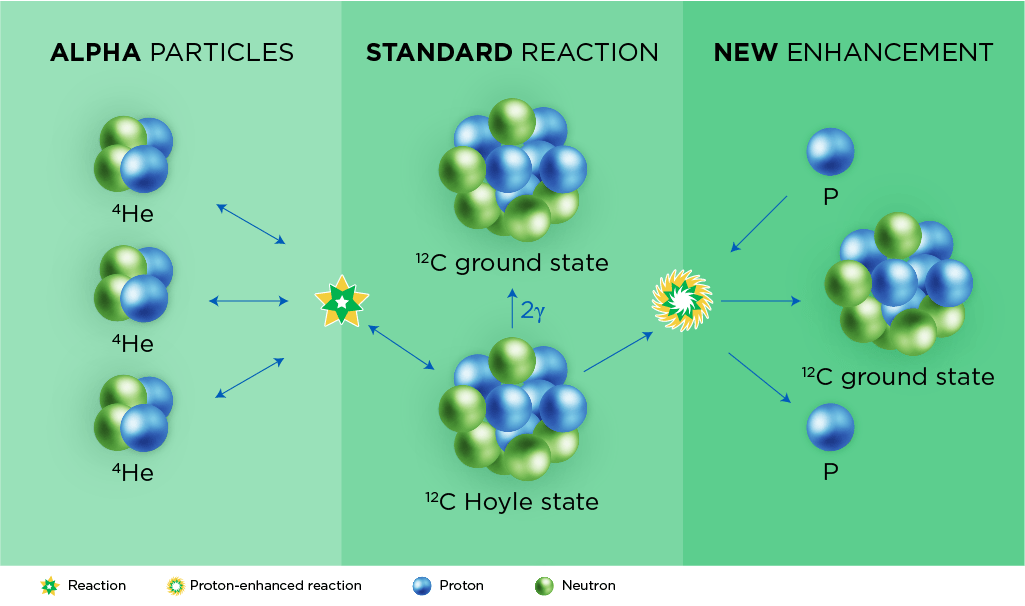
More than 90 years ago, astronomer Edwin Hubble observed the first hint of the rate at which the universe expands, called the Hubble constant. Almost immediately, astronomers began arguing about the actual value of this constant, and over time, realized that there was a discrepancy in this number between early universe observations and late universe observations.
Early in the universe’s existence, light moved through plasma – there were no stars yet – and from oscillations similar to sound waves created by this, scientists deduced that the Hubble constant was about 67...
Read More









Recent Comments